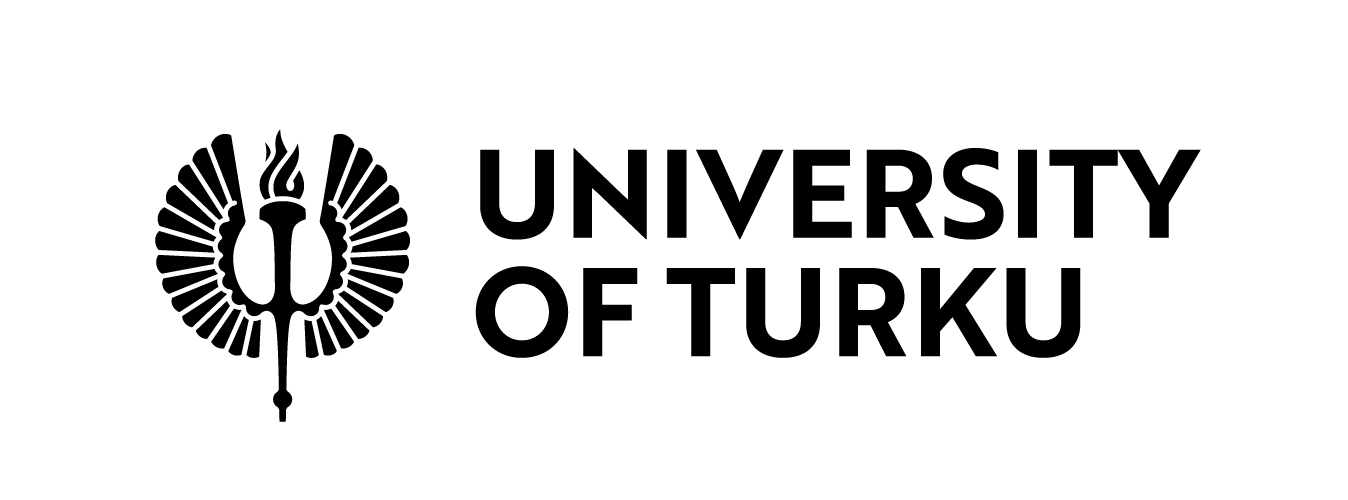Following fields are empty!
Journal of Water Resources Planning and Management
The Journal of Water, Sanitation and Hygiene for Development is an Open Access peer-reviewed journal devoted to the dissemination of high-quality information on the science, policy and practice of drinking-water supply, sanitation and hygiene at local, national and international levels. The journal publishes original contributions including research, analysis, review and commentary. It emphasizes issues of concern in developing and middle-income countries and in disadvantaged communities world-wide, such as: Water supply: intermittent supply, community and utility water supplies, water treatment, distribution, storage and use, water access and quality Sanitation: collection, transport, treatment, use, discharge, on-site and off-site sanitation, resources recovery Hygiene: behaviours, education, change Technical and managerial issues: characteristics of and constraints to conventional and innovative approaches, technical options and boundaries of technical application, emerging issues, emergencies and disasters, impacts on health, poverty and development, sustainability, demand, marketing, organizing supply chains Institutional development: roles of public and private sector, capacity building, governance, education and training Financing and economic analysis: including cost-effectiveness and cost-benefits, role and impact of subsidies, user fees, financial instruments, innovations in financing Policy: examining all aspects and developments in the role of national policy on service provision, human rights and rights-based approaches policy, developing appropriate and scaleable legal and regulatory approaches, norms and standards International policy: aid and aid effectiveness; international targets, conventions and agreements, UN and international policy
Journal of Web Librarianship
Journal of Wetland Archaeology
The Journal of Wetland Archaeology publishes a wide range of contributions in all fields of wetland archaeology. It includes scientific and methodological features, geoprospection, environmental reconstruction, wetland hydrology, cultural aspects of wetland archaeology, as well as conservation, site management, legislation, and site protection. All periods and all geographic regions are covered.
Journal of Women and Aging
Through a variety of disciplines and a blend of scholarly and clinical articles, the Journal of Women & Aging provides practitioners, educators, researchers, and administrators with a comprehensive guide to the unique challenges facing women in their later years. Publication office: Taylor & Francis, Inc., 325 Chestnut Street, Suite 800, Philadelphia, PA 19106.
Journal of Women and Gender in Higher Education
Journal of Women and Minorities in Science and Engineering
Journal of Women's History
Journal of Women's History is the first journal devoted exclusively to the international field of women's history. It does not attempt to impose one feminist "line" but recognizes the multiple perspectives captured by the term "feminisms." Its guiding principle is a belief that the divide between "women's history" and "gender history" can be, and is, bridged by work on women that is sensitive to the particular historical constructions of gender that shape and are shaped by women's experience.
Journal of Women, Politics and Policy
The Journal of Women, Politics & Policy explores women's roles in the political process -- as voters, activists, leaders in interest groups and political parties, and office holders in the legislative, executive, and judicial branches of government, including the increasingly relevant international bodies such as the European Union and the World Trade Organization. It examines the impact of public policies on women's lives, examining areas such as tax and budget issues, poverty reduction and income security, education and employment, care giving, and health and human rights, including violence, safety, and reproductive rights. This multidisciplinary, international journal presents the work of social scientists -- including political scientists, sociologists, economists, and public policy specialists -- who study the world through a gendered lens and uncover how gender functions in the political and policy arenas. Throughout, the journal places a special emphasis on the intersection of gender, race/ethnicity, class, and other dimensions of women's experiences. The Journal of Women, Politics & Policy: * is devoted to the advancement of knowledge about women's political participation and about the development of public policies that affect women and their families * emphasizes rigorous empirical research and the development of theory about political and policy processes * publishes feminist theory and reports from feminist activists as well as interviews with, and case studies of, specific women leaders * contributes to the development and understanding of government policies designed to improve women's lives * welcomes submissions that include attention to the intersection of gender, race/ethnicity and class. Peer Review Policy: All papers in this journal have undergone editorial screening and peer reviews. Publication office: Taylor & Francis, Inc., 325 Chestnut Street, Suite 800, Philadelphia, PA 19106.
Journal of Workplace Behavioral Health
Journal of Workplace Learning
JWL provides an avenue for the presentation and discussion of research related to the workplace as a site for learning.
Journal of World Energy Law & Business
Journal of World Intellectual Property
Journal of World Investment and Trade
Journal of World Prehistory
Aims and scopeJournal of World Prehistory is an international forum for the publication of peer-reviewed, original treatments of the prehistory of an area or larger region. It was founded nearly thirty years ago with the remit of providing researchers, instructors and students with timely and authoritative research syntheses from all fields of archaeology. Journal of World Prehistory continues to lead in this field. Our classic articles may be 20,000 or 25,000 words long, as appropriate (excluding their extensive bibliographies). Since 2008 they have been joined by shorter (around 10,000 words), position pieces, which provide in-depth, thoughtful development of data and concepts, including interventions in controversies that unfold in our pages. These, written in a fashion interesting and accessible to all archaeologists, are often paired with a longer treatment in a single volume. In addition, readers now benefit from thematic special issues and double issues, in which a number of leading authors deal with a key theme in world prehistory, such as the origins of metallurgy (2009, volumes 22: 3 and 4), or the East Asian Neolithic (2013, in preparation). All papers are available first online, followed by the print edition. We aim to be truly global in coverage, with recent articles dealing, inter alia, with Amazonian lithics, the late Jomon of Hokkaido, the Bronze Age in Southeast Asia, the Neanderthal settlement of Doggerland, Neolithic networks in Western Asia, younger Dryas Paleo-Indian adaptations, and state formation in the Horn of Africa. Articles benefit from multi-language abstracts where appropriate, and we work closely with authors who do not have English as a first language to present major syntheses in a clear and concise way to an international audience. Traditionally, JWP focuses on earlier periods, but it includes the beginnings and early development of complex societies,, and our understanding of ‘prehistory’ is broad and inclusive: for guidance on chronological scope, as well as our calendrical conventions, see the editorial article ‘Prehistory vs. Archaeology: terms of Engagement’ http://www.springerlink.com/content/346142p032604447/ Our unique remit means that we do not encourage the submission of unsolicited papers: rather, specific proposals are encouraged and then guided prior to independent peer review. Our aims and the way we fulfil them, with close contact with authors throughout the publication process, mean that JWP is not a venue for the simple and rapid dissemination of new results. Whilst we expect scholarship to be current, with syntheses including much new data, our readers look to us for definitive area/period coverage that will have continuing value.If you are proposing an article or special theme for Journal of World Prehistory, please read the Instructions for authors.Rated 'A' in the European Reference Index for the Humanities (ERIH)?Journal of World Prehistory is rated 'A' in the ERIH, a new reference index that aims to help evenly access the scientific quality of Humanities research output. For more information visit http://www.esf.org/research-areas/humanities/activities/research-infrastructures.htmlRated 'A' in the Australian Research Council Humanities and Creative Arts Journal List. For more information, visit: http://www.arc.gov.au/era/journal_list_dev.htm
Journal of World Trade
Journal of Writing in Creative Practice
Journal of Youth Studies
Journal of Youth Studies is an international scholarly journal devoted to a theoretical and empirical understanding of young people's experiences and life contexts. Over the last decade, changing socio-economic circumstances have had important implications for young people: new opportunities have been created, but the risks of marginalisation and exclusion have also become significant. This is the background against which Journal of Youth Studies has been launched, with the aim of becoming the key multidisciplinary journal for academics with interests relating to youth and adolescence. Journal of Youth Studies is focused upon young people within a range of contexts, such as education, the labour market and the family, and highlights key research themes such as the construction of identity, the use of leisure time, involvement in crime, consumption and political behaviour. The journal particularly encourages the submission of articles which highlight interconnections between the different spheres of young people's lives (such the transition from school to work) and articles which offer a critical perspective on social policies which affect young people. Journal of Youth Studies brings together social scientists working in a range of disciplines. These include sociology, psychology, education, social policy, political science, economics, anthropology and social geography. Peer Review: All review papers in this journal have undergone editorial screening and full peer review. Disclaimer Taylor & Francis makes every effort to ensure the accuracy of all the information (the 'Content') contained in its publications. However, Taylor & Francis and its agents and licensors make no representations or warranties whatsoever as to the accuracy, completeness or suitability for any purpose of the Content and disclaim all such representations and warranties whether express or implied to the maximum extent permitted by law. Any views expressed in this publication are the views of the authors and are not the views of Taylor & Francis.

